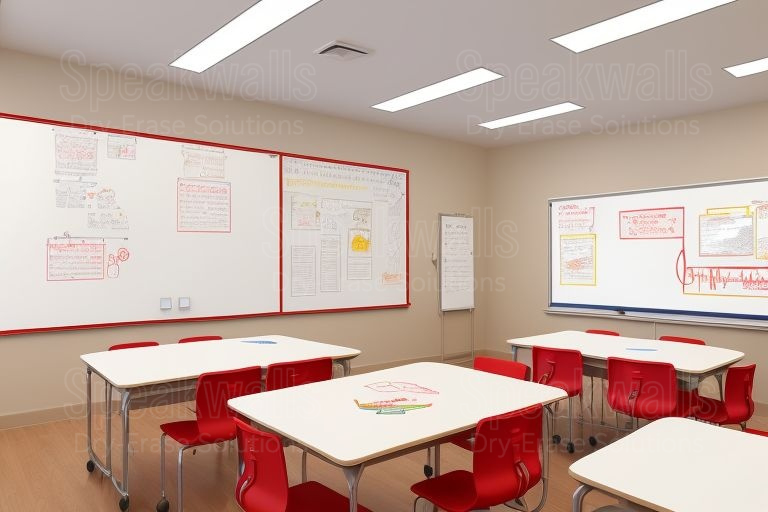When it comes to educating high school students, both AI-powered and traditional teaching methods bring unique strengths and challenges to the table. The real question is: can they coexist to create the ultimate learning environment?
The Power of AI
AI-powered teaching tools are all about customization and efficiency. They adapt to each student’s needs, delivering personalized lessons at just the right level. Got a student struggling with algebra? AI programs can provide extra practice and instant feedback. They’re also great at analyzing data, helping teachers identify trends and address gaps in learning.
But AI isn’t perfect. It lacks the human touch. While it can calculate a learning curve, it can’t spot when a student is disengaged or struggling emotionally. Plus, relying too heavily on tech can widen the digital divide, leaving behind students without access to reliable devices or internet.
The Strengths of Traditional Methods
There’s no substitute for a good teacher. Traditional methods foster personal connections, classroom discussions, and real-time feedback. Teachers bring creativity, empathy, and the ability to inspire, things that AI just can’t replicate. However, conventional methods can struggle with large class sizes and may not offer the same level of individualized attention that AI can provide.
Finding the Balance
The best approach? A blend of both. Use AI to handle the heavy lifting of personalization and data analysis, while teachers focus on what they do best—connecting with students and guiding them toward success.
AI and traditional teaching don’t have to compete—they can team up to create classrooms that are both innovative and deeply human.
